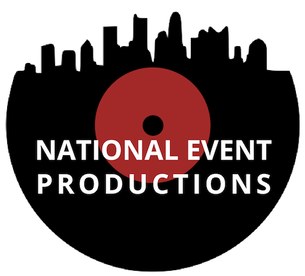Conquering Challenges in the Art of Visual Image Mapping Implementation
Wiki Article
Video projections mapping technology is an exciting method that converts ordinary areas into dynamic presentations. This method enables artists and design professionals to cast visuals and videos onto items like buildings, statues, or stages, creating an immersive visual encounter. However, despite its potential, implementing video projection mapping successfully comes with several challenges. Understanding and overcoming these hurdles is crucial for anyone seeking to create impactful projection art.
One of the main difficulties in video projection mapping is ensuring that the displayed image matches accurately with the object. This procedure, known as "mapping," requires accurate measurements and figures. If the projection is not matched properly, the visuals can look distorted or off. To address this problem, creators often use dedicated software that assists in mapping the graphics to the object's dimensions. Moreover, conducting comprehensive tests before the final projection can help identify any discrepancies and allow for modifications to be made.

Another significant challenge is the varying luminosity and color of the displayed visuals. Different surfaces respond differently to illumination, which can influence how the shades look once projected. For instance, a pale surface will bounce brightness differently than a deep one. To overcome this, creators must think about the surface properties before choosing the colors view publisher site and light levels for their projections. Testing the projection on the real surface during the preparation phase can provide valuable understanding into how the ultimate presentation will appear.
Technical difficulties can also create a challenge in video projection mapping. Issues such as equipment failure, software bugs, or network problems can disrupt the entire production. To minimize these threats, it is essential to conduct comprehensive hardware checks and have contingency plans in place. This can comprise having extra cables, projectors, and even alternative software choices ready to go. Being prepared for technological issues can ensure a smoother implementation of the projection.
Finally, viewers' engagement is an important aspect of video projection mapping. While the graphics are critical, how the audience interact with the display can make a significant difference. Creators must consider about how to create their displays to attract viewers’ focus and promote participation. This can entail adding elements that encourage engagement or create a story that connects with the audience. Gathering input from test viewers can also help enhance the presentation to enhance engagement.
In conclusion, overcoming useful site obstacles in video projection mapping requires careful planning and creativity. By addressing the challenges of alignment, brightness, technological problems, and viewer engagement, artists can create spectacular and impactful projections. With the appropriate approaches in position, video projection mapping can change common areas into extraordinary encounters, engaging audiences and leaving a lasting impression.